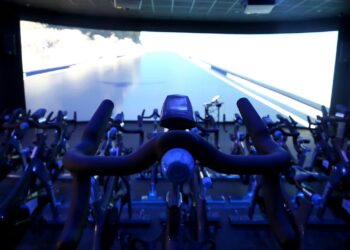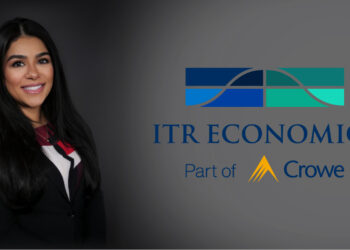Starting a business is tough. Between finding staff that embodies your brand, creating the perfect facilities and landing financing, launching a new health club poses many challenges. We asked a few founders of the top gyms in the country about the hardest obstacle they faced when starting their club, and how they overcame it.
Peter Taunton, founder of Snap Fitness
Finding the right people. When your business is in its infancy, you need to find people who meet two key criteria: They need to have the ability to multi-task and the willingness to do so. As you’re ramping up your business, you might not have the means to pay employees accordingly — their job title might not cover all the important tasks they do. If you have dedicated individuals who not only have multiple skill sets, but also the desire to work hard and learn, you’re providing them with the opportunity to grow and gain business experience. When it comes to finding these people, start with friends and family. You already know their background and personality traits. I was lucky to find the right people who helped build Snap Fitness to the brand it is today.
Keith Worts, CEO of Crunch
The biggest challenge is sourcing and negotiating a good real estate transaction. Having a convenient gym location is paramount to its success, but convenience can also mean higher rent. So it’s finding the balance of the right location and the rent structure that works for your business model.
 Lori and Jeremy Lowell, the owners of Group Fitness Solutions and Gold’s Gyms
Lori and Jeremy Lowell, the owners of Group Fitness Solutions and Gold’s Gyms
Answers provided by Lori Lowell
Once the model (for Gold’s Gym: Elite Training Center) was created, cultivated and brought to fruition, the challenge was getting the employees to transition and understand the products and its delivery system. We were challenged with creating new employee habits in understanding the product and how we manage it and sell it to our community. The other challenge was bringing a very high-end and hip facility to a lower income demographic and selling the value. We had to become extremely creative and engage in more marketing and PR than we ever had before in our past facilities. We had to constantly create marketing that was newsworthy and allowed us to stand out while still staying within the Gold’s Gym brand.
Every step of the way has been a challenge, but in return was the most rewarding and educational experience. We took our product delivery to a new level and raised our game tremendously. We went back to the drawing board and literally created a new way of delivering and selling fitness. We were challenged with stepping out of our comfort zone. Our challenges have made us more aware of what it takes to become a “demand” fitness environment. Most of all it challenged us to create new environments, new products and take risks.
 Rachel and Alwyn Cosgrove, owners of Results Fitness
Rachel and Alwyn Cosgrove, owners of Results Fitness
Answers provided by Rachel Cosgrove
One of the biggest challenges we had was figuring out how to build a business that wasn’t dependent on us. Starting out our clients all trained with us in a one-on-one environment, so like with most trainers, they became very attached to us and it was very difficult to ever have someone else train them. We only had so many hours in the day, so eventually we had to hire our first [additional] trainer.
As we built our team we realized we needed to have systems in place for them to follow to replicate what we do. We started creating a system for everything, from how we answer the phone to how we greet a new client. Putting these systems in place helped us to be able to have a new trainer step in to cover a session seamlessly. Unfortunately this was put to the test when Alwyn was diagnosed with cancer only four years into running our business and was forced to step out. Eventually both of us were able to step out of the gym while he fought a life threatening disease. Because we had systems in place our gym continued to grow and thrive without us, with our team stepping in to train our clients, sign new members up and follow the systems we had in place.
Chuck Runyon, co-founder and CEO of Anytime Fitness
The Anytime Fitness business model is based on unrestricted (24-hour) access to club facilities at an affordable price. Our members can access our clubs even during un-staffed hours. The problem was that, prior to Anytime Fitness, several state legislatures never imagined that fitness clubs could provide a safe, secure environment with no staff present and thus laws in those states required a staff member to be on the premises during “normal operating hours.” Our task was to convince lawmakers that the public health benefits of unfettered access to high-quality fitness options far outweighed the perceived risks.
One state at a time we demonstrated to lawmakers that our integrated security and surveillance systems (including cameras that can be remotely monitored and personal security devices) actually provide a higher level of safety than exercising alone at home. It took several years and lots of lobbying dollars, but eventually we succeeded in convincing lawmakers that everyone should be able to exercise at safe and secure fitness facilities whenever it is most convenient for them. Now all 50 states allow for 24-hour access to fitness clubs, as long as certain safety requirements are met.
By Emily Harbourne
Stay ahead in the fitness industry with exclusive updates!
Rachel Zabonick-Chonko is the editor-in-chief of Club Solutions Magazine. She can be reached at rachel@peakemedia.com.











